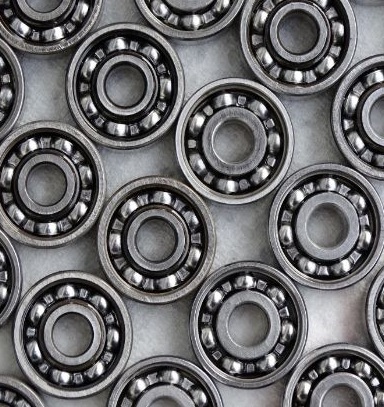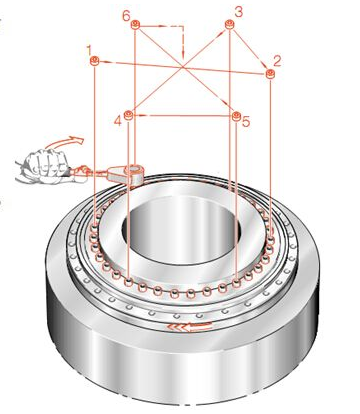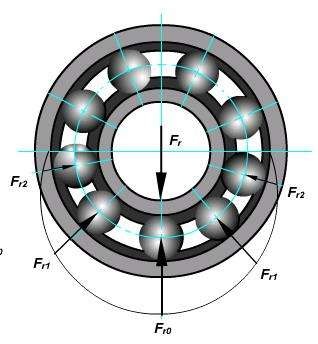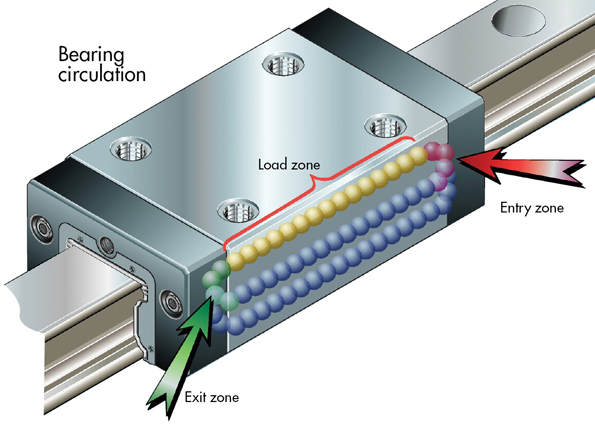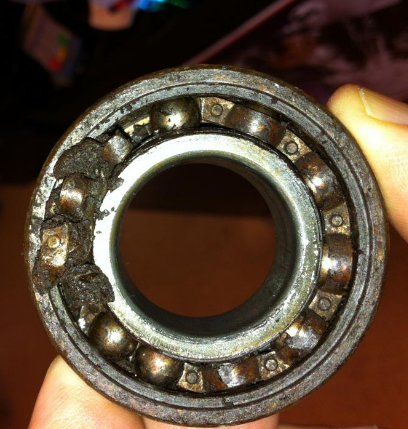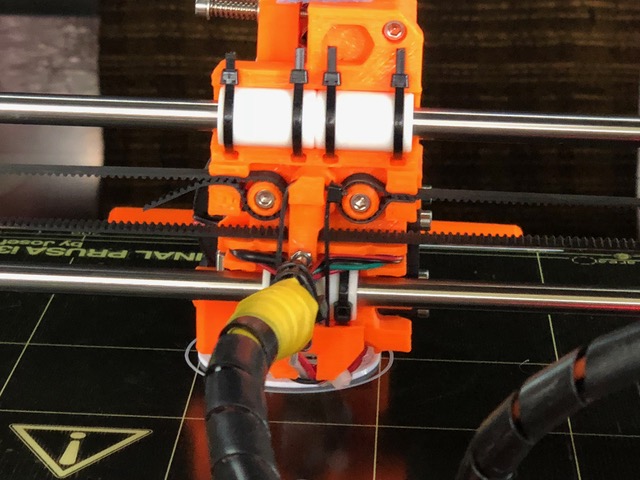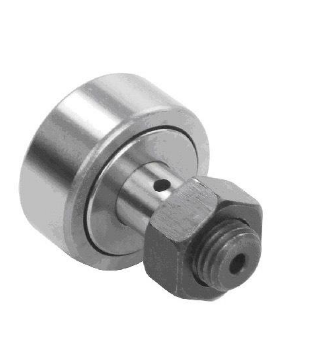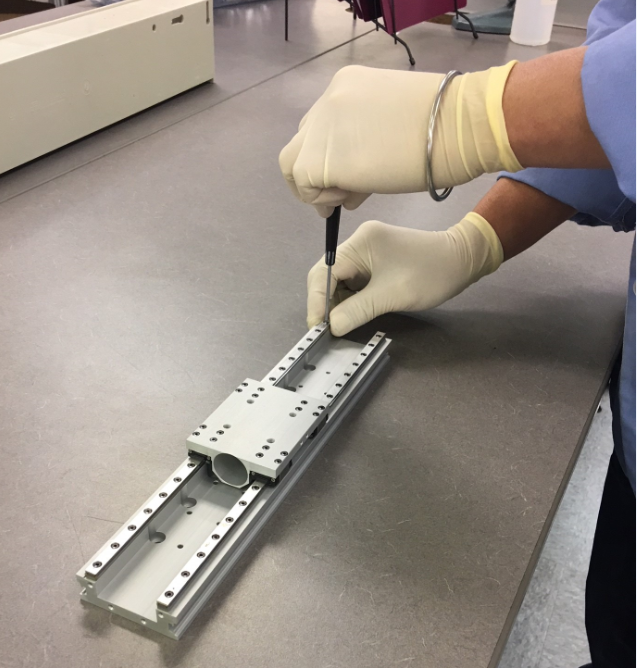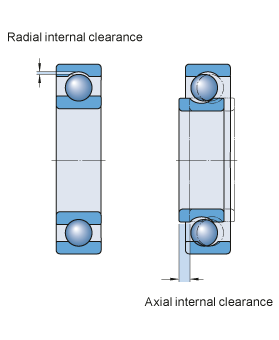Heat is generated either by shearing of the oil film or by rubbing contact. In hydrostatic and hydrodynamic bearings, heat generation at running speeds is the result of oil shear, and the amount of te…
Bearing torque is the moment required to overcome internal friction to start or maintain rotation of one ring while the other is stationary. Torque or friction generally increases when: Bearing size i…
In some applications, allowable load seriously influences selection. Major variables affecting load capacity are ball size and number and internal geometry of the bearing. Static:犀利士 Primary co…
Even with the most-sophisticated motion controller, designers can still find it difficult to attain precise linear motion unless the mechanical components are appropriately designed for the applicatio…
Damaged bearings lead to downtime and lost productivity. Find out how to prevent the damage before it’s too late. The top bearing “killers,” or causes of damage and premature end of bearing life, are …
The goal is smooth, jerk-free motion, long-life, durability, and low cost to improve the quality or parts made by 3D printers. Are bearings or bushings best for 3D printers? And how can they be improv…
Whether you use cam follower bearings for cam followers, or for track, guide, or support rollers, their performance depends largely on the type you select. Important factors include loads, speeds, mis…
Linear guides are precision mechanical 壯陽藥 assemblies that operate as part of a system. As such, they can only perform to the degree that they are properly integrated into the overall machine. Merely…
The rolling elements in antifriction bearings are critical components that can affect the overall performance of an entire machine. Engineers must consider their many attributes to get the best bearin…
Internal Clearance Internal Radial Clearance of ball and roller bearings is an important parameter in obtaining proper machine operation, optimal bearing life, and a reasonable operating temperature….
